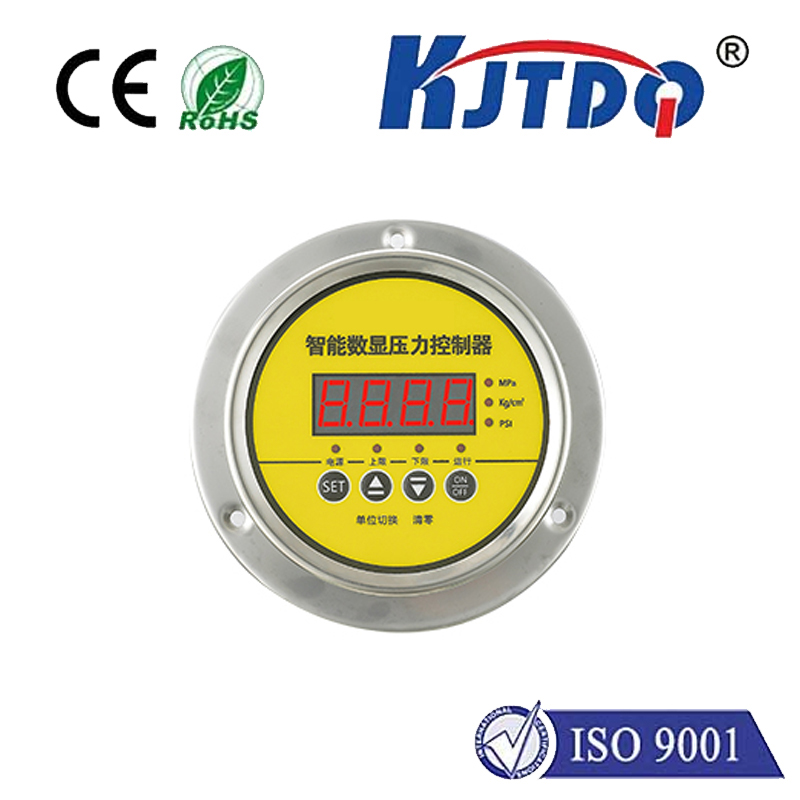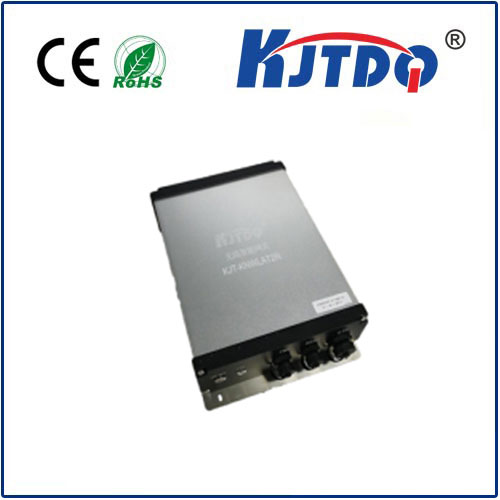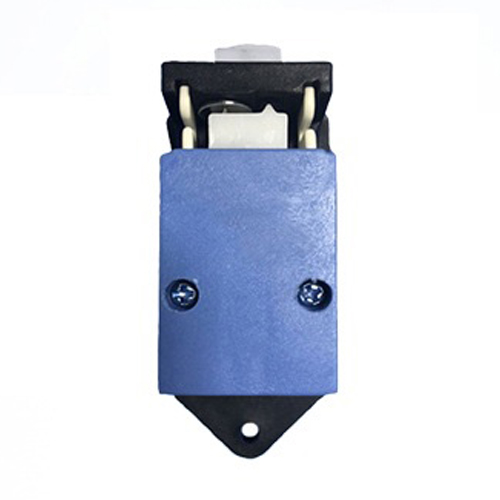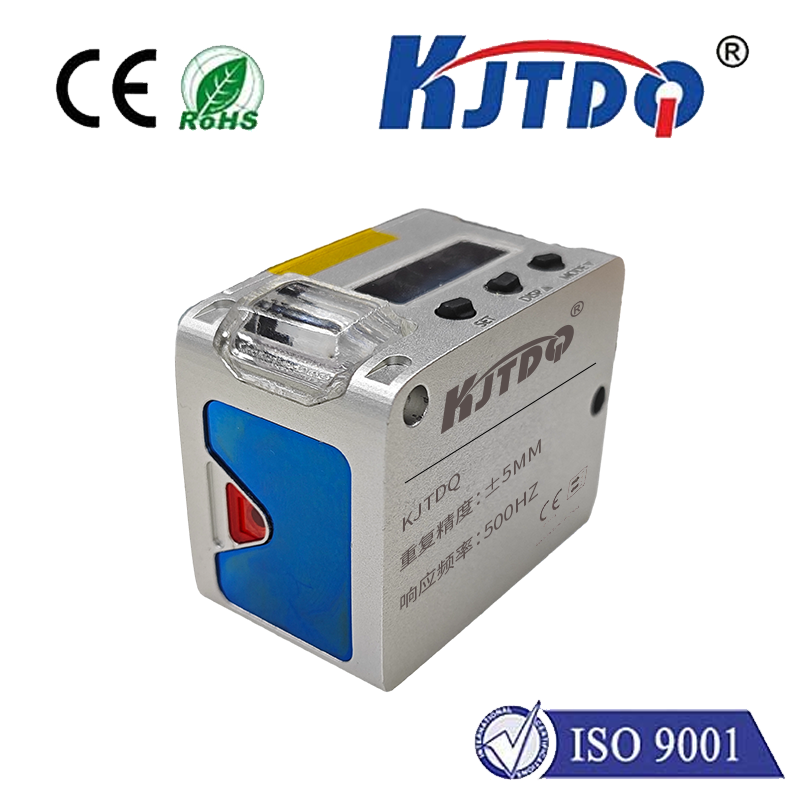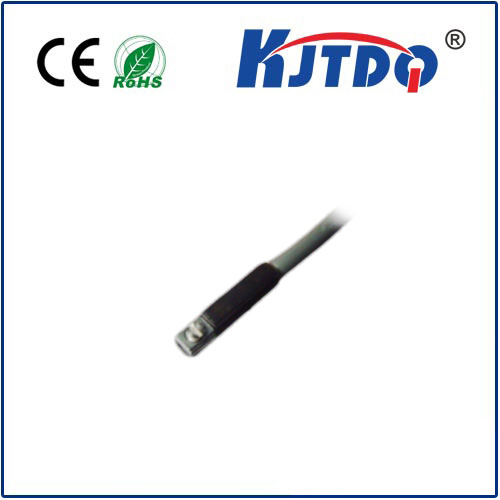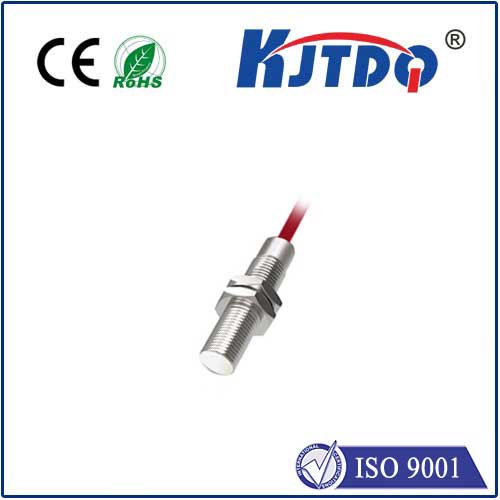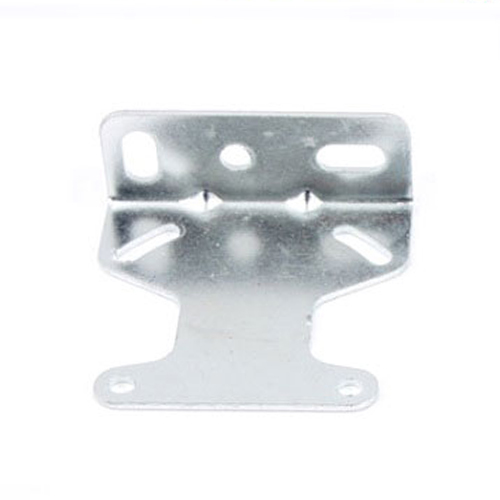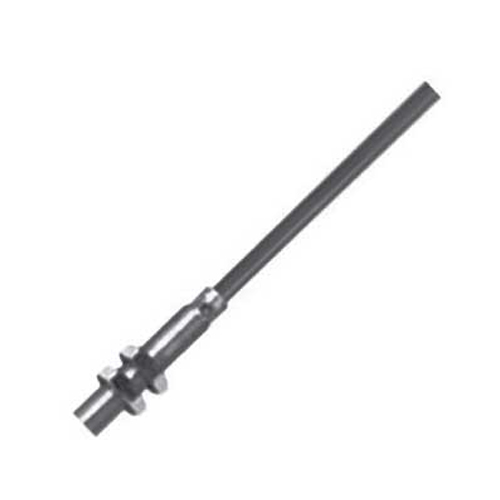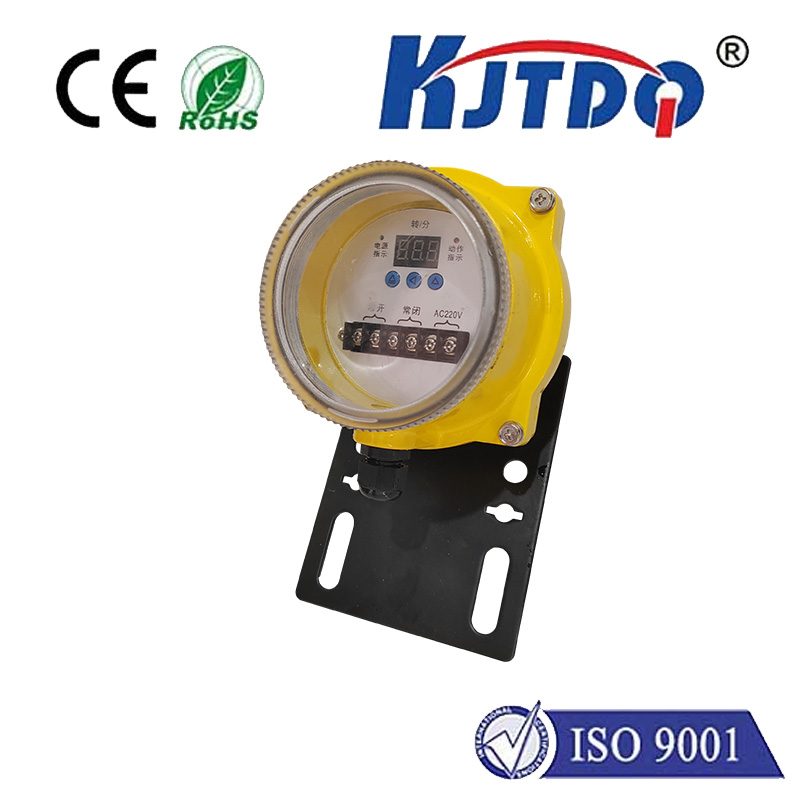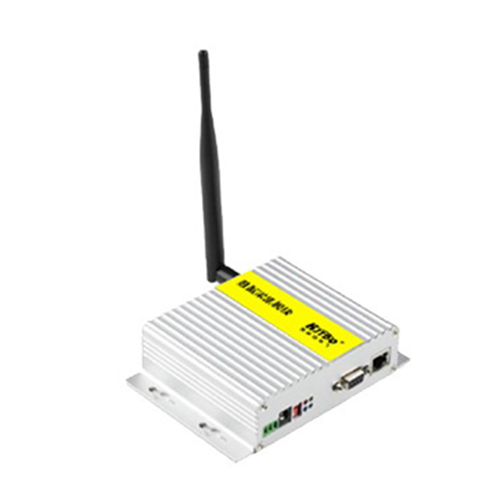

check

check

check

check
Optical Fiber Sensors: The Future of Precision Measurement
Optical fiber sensors have become a cornerstone in modern sensing technology, offering high precision, durability, and versatility in a wide range of applications. One of the most notable advancements in this field is the FU-88 optical fiber sensor, which represents a significant leap in how we perceive and measure physical parameters in real-time. This article explores the key features, applications, and benefits of the FU-88 optical fiber sensor, highlighting its role in driving innovation across various industries.
The FU-88 optical fiber sensor is designed for high sensitivity and reliability, making it ideal for environments where traditional sensors may falter. Unlike conventional sensors that often require complex installation or maintenance, the FU-88 is a compact, low-profile device that can be easily integrated into existing systems. Its core mechanism relies on the principle of light interference and detection, allowing it to measure parameters such as strain, temperature, pressure, and vibration with remarkable accuracy.

One of the most compelling aspects of the FU-88 is its ability to operate in extreme conditions. Whether deployed in harsh industrial settings or in remote locations, the sensor maintains consistent performance due to its robust design and protective housing. This makes it particularly valuable in applications such as structural health monitoring, aerospace, and energy systems, where reliability is paramount.
The sensor’s design also enables it to provide real-time data, which is critical for predictive maintenance and process optimization. In manufacturing and industrial automation, the FU-88 can continuously monitor the integrity of machinery, alerting operators to potential failures before they occur. This not only enhances safety but also reduces downtime and maintenance costs.
In addition to its technical advantages, the FU-88 offers a wide range of customization options. Engineers can tailor the sensor to measure specific parameters or integrate it with other systems for more comprehensive monitoring. This flexibility ensures that the sensor can meet the unique needs of different applications, from aerospace to biomedical monitoring.
As industries continue to evolve, the demand for reliable, intelligent sensors is growing. The FU-88 optical fiber sensor stands out as a prime example of how innovation in sensing technology can drive progress. With its combination of precision, durability, and adaptability, it is well-positioned to lead the way in the future of measurement and monitoring.
In conclusion, the FU-88 optical fiber sensor is not just a technological advancement—it is a testament to the power of innovation in sensing technology. Its ability to deliver accurate, real-time data in challenging environments makes it an indispensable tool for modern industries. As we look to the future, the continued development and refinement of such sensors will play a crucial role in shaping the next generation of measurement systems.
